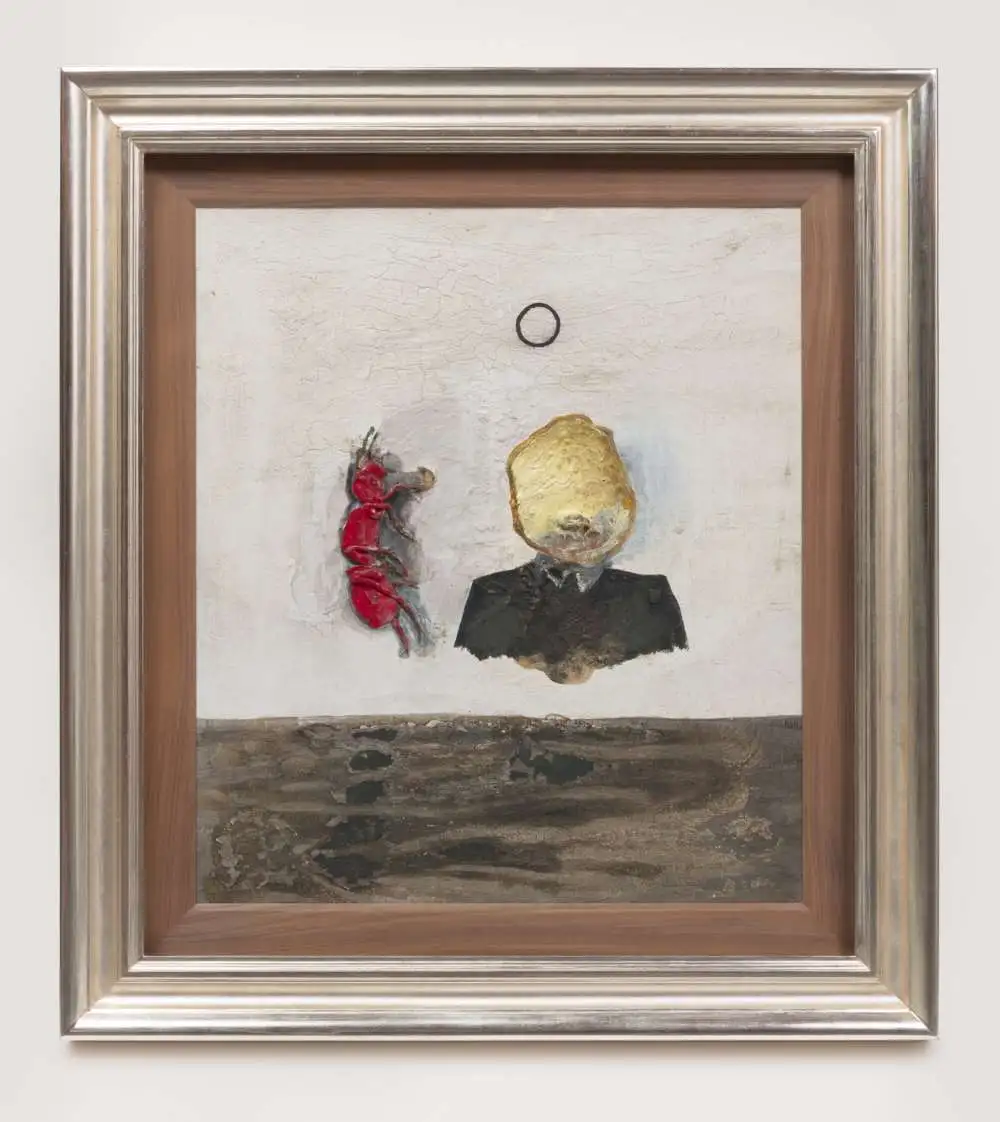
The Impact of David Lynch on Contemporary Art
As a painter, sculptor, photographer, and musician, Lynch has created a vast body of work that has shaped contemporary art in profound ways.

David Lynch is best known for his surreal and psychologically charged films, but his influence extends far beyond cinema. As a painter, sculptor, photographer, and musician, Lynch has created a vast body of work that has shaped contemporary art in profound ways. His signature aesthetic—marked by dreamlike imagery, unsettling atmospheres, and explorations of the subconscious—has inspired countless artists across various disciplines.
Lynch’s Roots in Painting and Visual Art
Before establishing himself as a filmmaker, David Lynch trained as a painter at the Pennsylvania Academy of the Fine Arts (PAFA). His early work in painting and mixed media laid the foundation for the distinctive visual language seen in his films. Lynch’s paintings often feature dark, textured surfaces, grotesque figures, and eerie compositions, evoking a raw emotional intensity that mirrors his cinematic style.
His artwork is deeply connected to his fascination with the unconscious mind. He often uses dreamlike imagery, nightmarish distortions, and surreal juxtapositions, which have influenced many contemporary painters, photographers, and installation artists who seek to explore the boundaries of reality and perception.
 David Lynch, Untitled, 2020. ©David Lynch/Courtesy Pace Gallery
David Lynch, Untitled, 2020. ©David Lynch/Courtesy Pace GalleryCinematic Influence on the Art World
Lynch’s films—such as Eraserhead (1977), Blue Velvet (1986), and Mulholland Drive (2001)—have had a lasting impact on contemporary visual culture. His use of lighting, composition, and unsettling narrative structures has inspired artists working in photography, video art, and even performance art.
Photographers like Gregory Crewdson, known for his meticulously staged, eerie suburban scenes, draw heavily from Lynch’s aesthetic of uncanny realism. Similarly, video artists and experimental filmmakers have embraced Lynch’s techniques of slow pacing, disorienting sound design, and surreal imagery to evoke psychological depth.
Sound and Music as Artistic Influence
Lynch’s use of sound and music is another key aspect of his artistic influence. His collaboration with composer Angelo Badalamenti, particularly on the score for Twin Peaks, introduced a haunting and nostalgic musical style that has been widely emulated in contemporary music and multimedia art.
Artists working in sound installation and experimental music have drawn from Lynch’s approach to using soundscapes to build tension and emotional resonance. His own forays into music, including albums such as Crazy Clown Time (2011), have further solidified his impact on the intersection of visual art and sound.
Legacy and Continued Influence
David Lynch’s impact on contemporary art is undeniable. From his surreal paintings and haunting photographs to his genre-defying cinema, he has pushed the boundaries of artistic expression. His work continues to inspire a new generation of artists who explore the subconscious, embrace surrealism, and challenge traditional storytelling methods.
As a multi-disciplinary artist, Lynch exemplifies the power of crossing artistic boundaries, proving that visual and auditory experiences can be seamlessly intertwined to create profound, immersive works of art. Whether through film, painting, or music, his vision continues to shape the landscape of contemporary creativity.
